Sony KD-65X8505C Review
Sony KD-65X8505C
An excellent 65-inch 4K TV, albeit with a touch of clumsiness
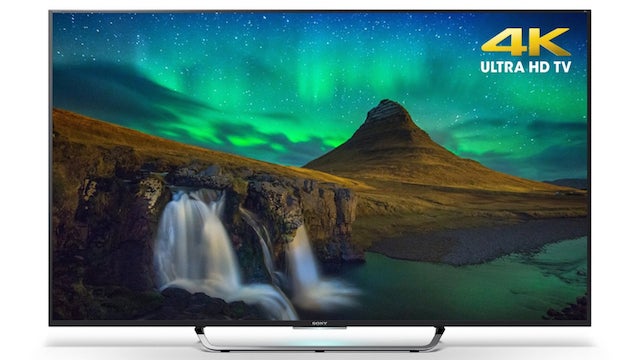
Sections
- Page 1 Sony KD-65X8505C Review
- Page 2 Picture Quality Review
- Page 3 3D, Sound and Conclusions Review
Verdict
Pros
- Mostly excellent picture quality
- Good connectivity
- Fair value
Cons
- Backlight "flaring"
- Slight luminance loss in the image's corners
- Android TV slows it down
Key Specifications
- Review Price: £2400.00
- 65-inch LCD TV with edge LED lighting
- Native 4K UHD resolution
- Android TV smart system
- Triluminos colour panel
- Multimedia playback from smart devices, USBs and DLNA
What is the Sony KD-65X8505C?
The Sony KD-65X8505C is the considerably more manageable and affordable 65in 4K UHD alternative to Sony’s mammoth KD-75X9405C. It achieves this greater mass-market appeal predominantly by doing away with the front-firing, magnetic fluid-using speaker system that made Sony’s flagship for 2015 the best sounding TV we’d come across, and removing the potent X-Tended Dynamic Range Pro light control system that proved so effective on the 75X9405C.
Sony KD-65X8505C – Design and Features
Aesthetically, the 65X8505C couldn’t be more different to the 75X9405C. The huge bezel that wrapped around that 75in flagship model is replaced by a frame that’s barely a centimetre wide across its top, left and right edges, and extends to only around 2cm along the bottom edge. The 65X8505C’s frame is finished in a matte grey, rather than the gleaming glass-covered black of the 75X9405C, while its relatively slight weight is supported by a rather insubstantial-looking metal bar stand versus the edge-mounted feet of the 75X9405C.
SEE ALSO: Best 4K TVs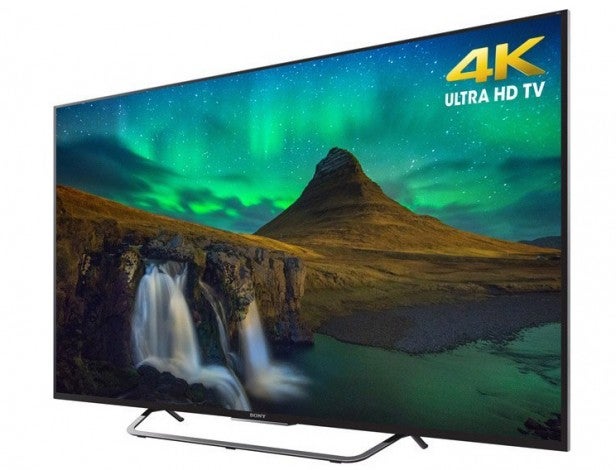
The 65X8505C does tend to wobble a little on its bar stand if nudged slightly; however, not enough to instill fear about it accidentally tipping over.
In terms of its size, the 65X8505C is so manageable for a 65in TV that it’s hard to believe that it uses a direct rather than edge LED lighting system.
Connectivity is strong. The inclusion of four HDMIs meets our expectations of high-end TVs this year, while today’s multimedia needs are delivered by a combination of three USBs, LAN port and Wi-Fi options for adding the TV to your network, and broadband connection. There’s also decent integrated support for external devices, especially Android.
In fact, since the 65X8505C carries the new smart Android TV platform, it can even support GoogleCast from compatible devices and apps.
The addition of Android TV also instantly provides Sony smart TVs with a vastly higher number of apps than before – although, to be honest, this is where the good news ends.
Almost everything about Android TV in its current form feels like a bit of a mess. Suffering from poor structure and cluttered and overwhelming presentation, it has a tendency to dictate, rather than facilitate, access to your favourite content. Even more disappointing is the fact that it doesn’t support any customisation. All of which flies in the face of the best smart TV services out there.
Also of concern is that key apps are missing and it’s currently suffering stability/sluggishness. However, it is possible that such issues could be resolvable via future firmware updates. 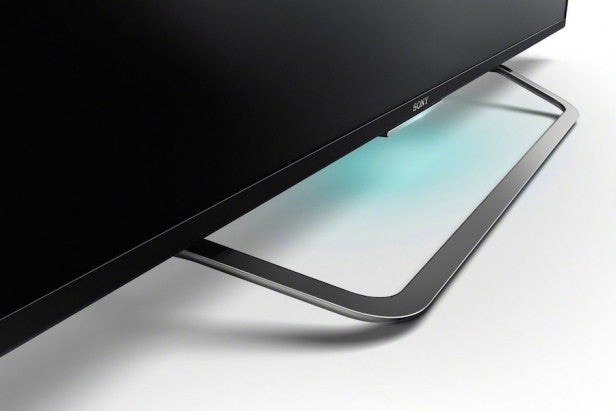
Fortunately, the 65X8505C doesn’t rely on Android TV alone for its smart features. Also present is Sony’s far more slick Discover system – and the TV will also soon benefit from a built-in YouView system. For a much fuller look at Android TV, check out our dedicated review.
The 65X8505C boasts Sony’s new X1 video-processing system. This introduces a wealth of picture improvement options over Sony’s previous 4K X-Reality Pro system. Headlines include a much more advanced colour-reproduction engine, and the addition of native 4K sources – such as Netflix, Amazon and files filmed on 4K video cameras – to Sony’s picture source-recognition database system, which helps to streamline and improve the accuracy of the picture-processing system Sony uses.
For a more full explanation of what X1 brings to the table, check out the relevant portion of our KD-75X9405C review.
Despite being substantially more affordable than the 75X9405C, the 65X8505C joins its bigger sibling in boasting a Triluminos display, designed to deliver a much wider colour gamut than regular LCD TVs. In fact, now that Sony recently announced that it would be rolling out an HDR update to the 65X8505C, the only real difference – though it is, as we’ll see, a significant one in truth – between the 75X9405C and the 65X8505C in terms of picture technology is the latter’s lack of X-tended Dynamic Range Pro for boosting contrast.
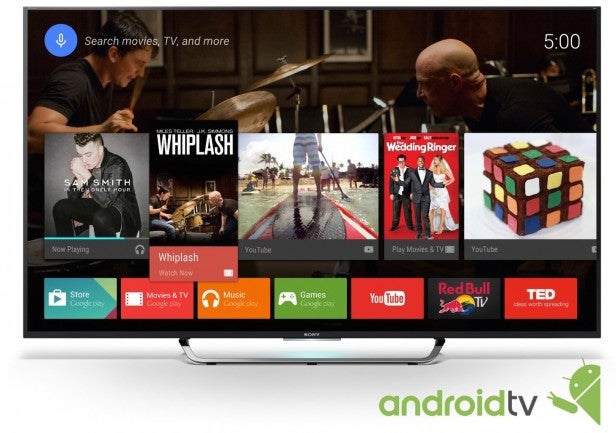
The last feature of the 65X8505C worth mentioning is its 3D playback. This uses the active system, but unfortunately Sony hasn’t seen fit to include any active-shutter 3D glasses. So unless you own some compatible glasses – Sony is a member of the 3D glasses initiative, so other brands of powered 3D glasses may do the job – 3D fans will have to factor in the cost of a pair into the £2,400 cost of the TV.
Sony KD-65X8505C – Setup
Sony has earned plenty of kudos over the past couple of years for making its TVs unusually good to watch out of the box. This is thanks in the main to their clever auto-optimisation systems. Surprisingly, with the 65X8505C we discovered a number of areas that needed to be tweaked in order to get the best out of its pictures.
The main reason for this is that the 2015 version of Sony’s Reality Creation feature has become a bit too aggressive. The default value of 60 that Sony applies to this resolution-boosting feature is way too high, leading to plenty of noise if you’re watching any source with much grain in it. We’d suggest setting it around 40, alongside reducing the set’s sharpness feature to around 45.
For 4K viewing, we’d also recommend turning off all noise-reduction circuitry, reducing the colour setting to around 52 and contrast to around 82 from the Max level presets. 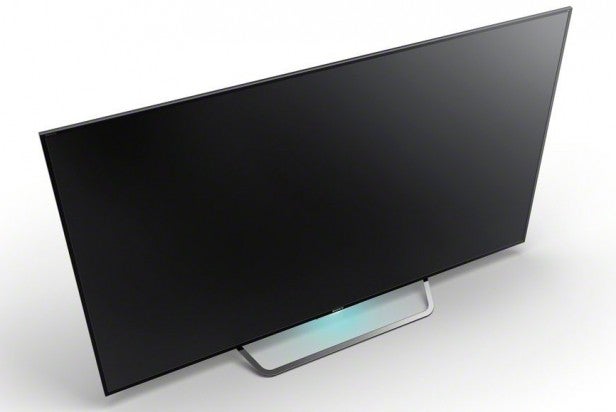
Where the set’s contrast-boosting features are concerned, we opted for the Black Adjust feature on Low (although Off is fine too), and the Advanced Contrast Enhancer on Medium. However, this latter setting does come with a significant string attached, which we’ll discuss in the Picture Quality section.
Where Motion Flow is concerned, the default Standard setting is surprisingly effective at reducing blur and judder. And it does this without making movie images look either too processed or too TV-like.
The Clear setting gives a more movie-like finish, however, although the result is a considerable reduction in brightness. Av fans will also be pleased to learn that it’s also possible to turn off motion reduction completely without motion blur becoming a serious issue. However, Sony’s motion processing really is pretty advanced these days, and as such we’d argue that it at least warrants some gentle experimentation – even by the most fastidious of AV purists.
The same applies to Sony’s Live Colour feature. Overall, it was the Medium setting that delivered the most satisfying colour results, despite the fact that the saturations it generates aren’t in strict accordance with the current – and now very outdated – video industry standards. Again, some will argue with us about this, and that’s fine. From our perspective, what matters is that the 65X8505C can deliver the current Rec 709 standard pretty nicely if you want it to.
How we test televisions
We test every TV we review thoroughly over an extended period of time. We use industry standard tests to compare features properly. We’ll always tell you what we find. We never, ever, accept money to review a product.

